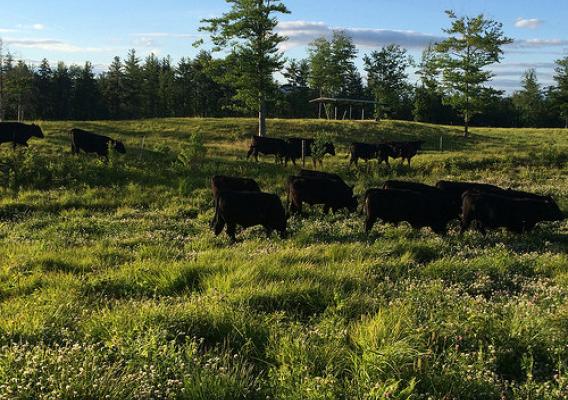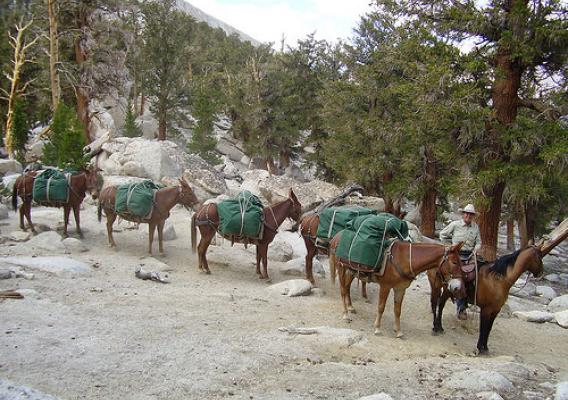Over the past four years, USDA has worked closely with schools, parents, community leaders, and nutrition experts to ensure that when children go off to school, they are greeted by a healthier school environment. According to the CDC, childhood obesity has more than doubled in children and quadrupled in adolescents in the past 30 years, leading to an increase in obesity-related health outcomes in children, including cardiovascular disease, pre-diabetes, and bone and joint problems. Improving school nutrition is vital to reducing childhood obesity, because many children consume half of their daily calories during the school day. Making the healthy choice the easy choice sets our nation’s children up for a lifetime of healthy choices, and supports a healthier next generation. Recently, we’ve seen evidence that student acceptance of healthier meals is increasing across all grade levels. Today, we are pleased to see the results of the latest poll by The Pew Charitable Trusts, the Robert Wood Johnson Foundation, and the American Heart Association, showing that most parents support the healthier meal and snack standards implemented through the Healthy, Hunger-free Kids Act of 2010.
Read more about the results of that study in this guest blog, from the American Heart Association.
A majority of parents favor strong national nutrition standards for food and drink sold at schools, according to a poll released Monday by The Pew Charitable Trusts, the Robert Wood Johnson Foundation and the American Heart Association.
In addition, the poll found that parents would also like to see salt limited in school foods and more fruits and vegetables served.










